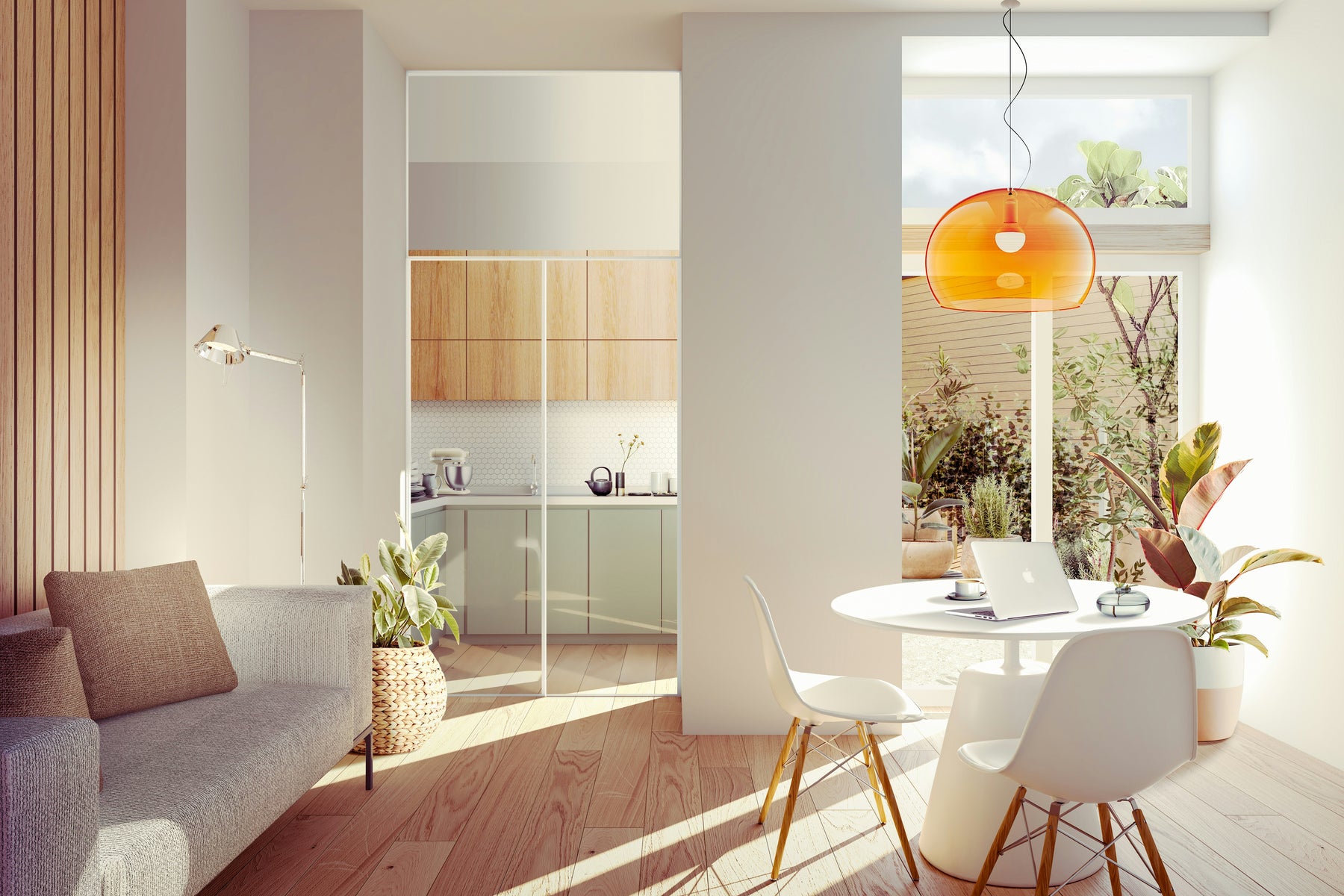
The Basics to Mixing and Matching Furniture Styles
Utilising a single style or set of furniture can be predictable and uninspiring. There is a reason why architecturally designed homes often feature a unique blend of styles from multiple eras; it is not uncommon to find a contemporary patio in a mid-century modern home.
Nevertheless, excessive mixing of different styles in the same space can sometimes cause visual dissonance and result in a space that does not match the overall décor.
The key is to find a common ground, where aspects of the original style are infused with outside elements for a perfect visual fit. While the goal is to achieve versatility, you cannot neglect the need for everything to merge cohesively in the end.
There are certain design parameters that can help you achieve a congruent and eclectic mix-and-match design style and avoid any potential dissonance that comes with an unmoderated blending of too many design elements.
Cohesive Colour Palette

Choosing a similar colour scheme for each room can create a more cohesive look and feel, that is pleasing to the eye.
If you have an antique sofa that you want to blend with a modern recliner armchair, make sure that both pieces share a common element. This could be in terms of shade, colour, texture, or pattern.
By maintaining some semblance of similarity, the pieces can coexist in aesthetic harmony instead of fighting to stand out from each other. This is also why you want to stick to two accent colours and two neutral shades for your furniture.
Having a neutral palette ensures that your items do not clash with one another. By combining similar tones or colours, you can tie your furniture pieces together a lot more neatly than if you had several different colours.
This is because neutral colours, regardless of furniture style, tend to promote unity. That way, the different pieces will blend seamlessly together to maintain the overall theme of the room instead of drawing attention away from it.
For a dash of variety, try adding a subtle splash of an accent colour to the neutral palette. You want something striking to create contrast, like greenery or some lush potted succulents. Once you have chosen the colour scheme to implement, apply it throughout the room to maintain balance and unity.
Harmony of Proportion

When creating a mix-and-match scheme, it is easy to be overwhelmed by the sheer combination of choices. A good way to ensure that you are on the right track is to scan the room and gauge if all your furniture belongs in a collective domain.
Consider how out of place a shallow, oversized sofa would look next to a lanky, delicate coffee table.It is therefore crucial to take into account proportion, that is, the scale of each item relative to another when arranged in a shared space.
Before arranging different pieces together, visualise the extent to which their proportions complement each other. You can have mismatched dining chairs of different colours, patterns, or textures, and the combination can still work if they are similar enough in size.
Apply Repetition

A proven way to create a mix-and-match style is through repetition. This is where you distribute the same items within the space in a uniform fashion. Imagine the sense of coherence in a room that comes with having a set of white chairs next to a different colour sofa.
Ideally, you want the unrelated items to bear an element of likeness. So, while the chair may not necessarily match the sofa in terms of colour, both pieces could fit under the umbrella of a mid-century-inspired furniture style.
Another option is to add cushions with a hint of pattern to the sofa. The same concept can also be applied by incorporating small objects like vases, pots or even a small side table that resembles the sofa style.
Remember to apply the same repetitive design technique to other pieces in your home to maintain that continuity.
Establish Balance

With relation to mixing together different furniture styles, establishing a sense of visual balance is perhaps the most integral element.
If the majority of your furnishings feature elaborate dark woods with dramatic details typically associated with traditional furniture, you could borrow a piece from a different style, such as the sleek, clean lines and oak-coloured overtones of contemporary-style pieces.
Visual balance comes about if you are able to balance the main style used in the room with a less dominant style. The less predominant variety essentially acts as support in the pursuit of balance.
Balance can also transcend style. Every piece in your room needs a companion of a similar texture, pattern, colour, height, or size in order to maintain equilibrium. The easiest way to do this is by utilising items with equal visual weight, such as a blue sofa to counter geometric patterns or a cream dining table against a set of red dining chairs.
That way, you balance out your furniture with colour and pattern to facilitate the visual flow of the room.
Follow a Theme

Another guide to mixing and matching furniture styles is to develop a theme for your décor. This means having all the furniture and items in the room fit the theme you have in mind, be it a style or a vibe.
If you fancy a Balinese-style interior, chances are you want to inculcate an abundance of the trademark timber, rattan, and boho-style furniture into your room. In this case, you want to try adding a vintage-style wooden bed frame for some variation to the overarching theme.
This helps you retain the overall wood-infused Balinese aesthetic with some mixing and matching thrown in. Alternatively, you can also centre your furniture selection around a particular vibe.
If you are going for a cosy lounge feel, a classic high-back leather sofa with ample cushioning can appear very inviting. To this end, consider cushions that come in bright pops of colour for a striking yet vibrant contrast.
This combination method provides a wide array of furniture options that you would have never thought about otherwise.
There is no one-size-fits-all approach to styling your home. It is always up to your lifestyle and convenience. Do not be afraid to explore and discover what is best for you. You can reuse your existing furniture and look for ways to make them look fresh. Moreover, you can add new items, including other furniture, that mix well with your personal style.

